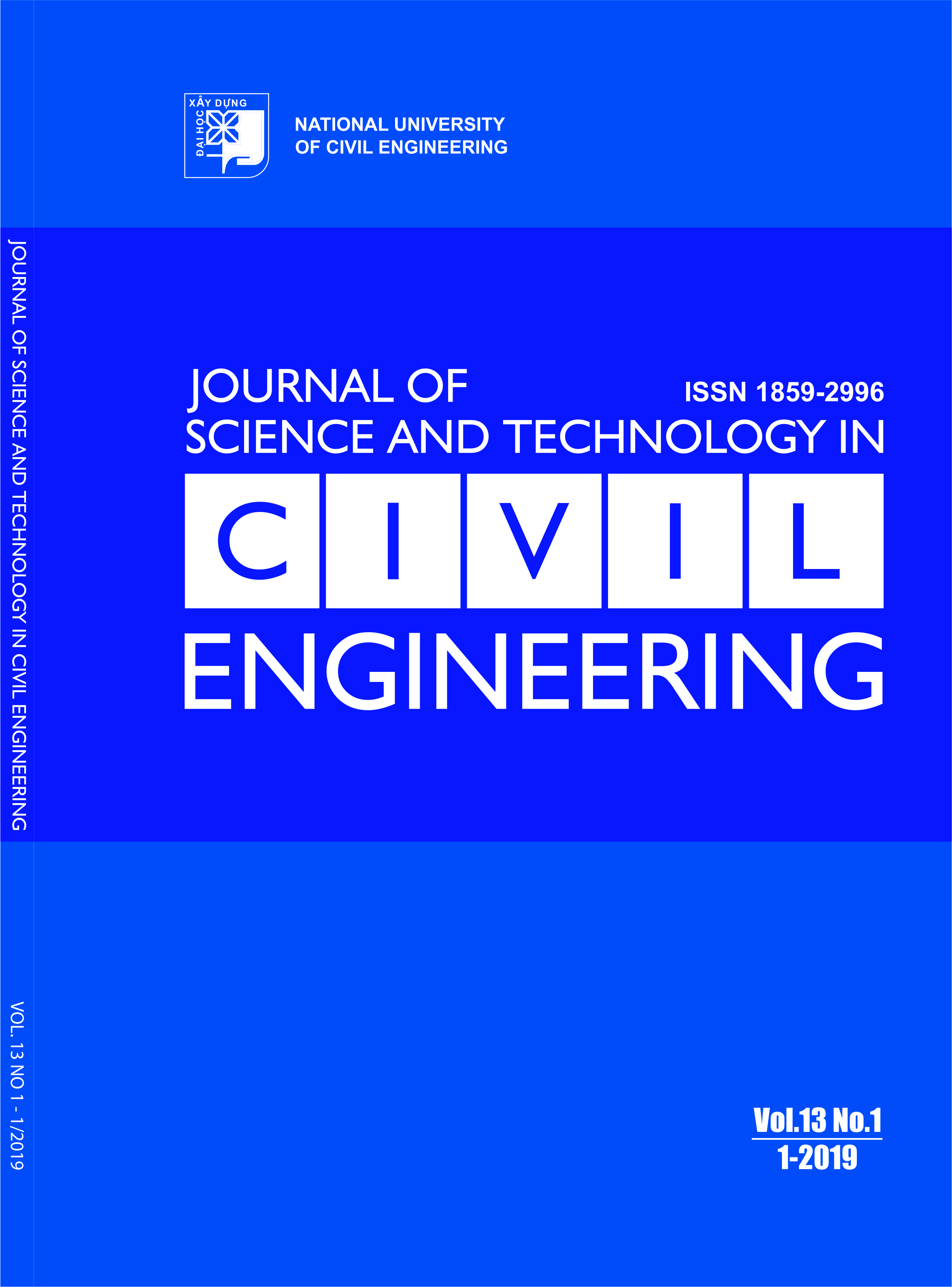Research on emissions inventory for rice straw open burning in An Giang province
Abstract
Rice straw open burning is the most common form of agricultural by-product treatment in developing countries. Contaminated pollutants pollute the environment, badly affect human's health and contribute to the increase of greenhouse gases that impact climate change. This research was carried out to estimate the amount of rice straw produced, a seasonal burning rate and the modified combustion efficiency (MCE) from field-based rice straw open burning by field sampling method, field survey and quick measurement; the inventory is based on emission factors. The results show that 62% of respondents use rice straw for different purposes such as cattle feed, selling, composting... 38% respondents do not use for any purposes. The main disposal method is open burning. Open burning rate is different in each cultivative season. It was 36.36%, in winter-spring crop, 49.32% in summer-autumn crop and 40% in winter-autumn crop. In 2017, total CO2 emissions from open burning were the highest compared with two other pollutants. It was nearly 5.7 million tons and followed by CO with 135.1 thousand tons. The other pollutants emitted from open burning were PM2.5 (50.4 thousand tons), PM10 (14.4 thousand tons), SO2 (7.78 thousand tons), NO2 (0.27 thousand tons) per year. The inventory results show that rice straw open burning in An Giang has been affecting on the quality of the air environment, landscape and reducing the traffic vision; especially fine dust (PM2.5) greatly affects to local people’s health. If all surplus rice straw is used for energy production, it can help not only reduce fossil fuel use, but also reduce the amount of pollutants generated by open burning. This is a win-win solution that should be paid attention by the local authorities to come up with appropriate incentives.
Keywords: emission inventory; rice straw; open burning; emissions.
Received 20 December 2018, Revised 25 January 2019, Accepted 28 January 2019
Downloads
Copyright (c) 2019 National University of Civil Engineering

This work is licensed under a Creative Commons Attribution-NonCommercial-NoDerivatives 4.0 International License.
1. The Author assigns all copyright in and to the article (the Work) to the Journal of Science and Technology in Civil Engineering (JSTCE) – Hanoi University of Civil Engineering (HUCE), including the right to publish, republish, transmit, sell and distribute the Work in whole or in part in electronic and print editions of the Journal, in all media of expression now known or later developed.
2. By this assignment of copyright to the JSTCE, reproduction, posting, transmission, distribution or other use of the Work in whole or in part in any medium by the Author requires a full citation to the Journal, suitable in form and content as follows: title of article, authors’ names, journal title, volume, issue, year, copyright owner as specified in the Journal, DOI number. Links to the final article published on the website of the Journal are encouraged.
3. The Author and the company/employer agree that any and all copies of the final published version of the Work or any part thereof distributed or posted by them in print or electronic format as permitted herein will include the notice of copyright as stipulated in the Journal and a full citation to the Journal as published on the website.







